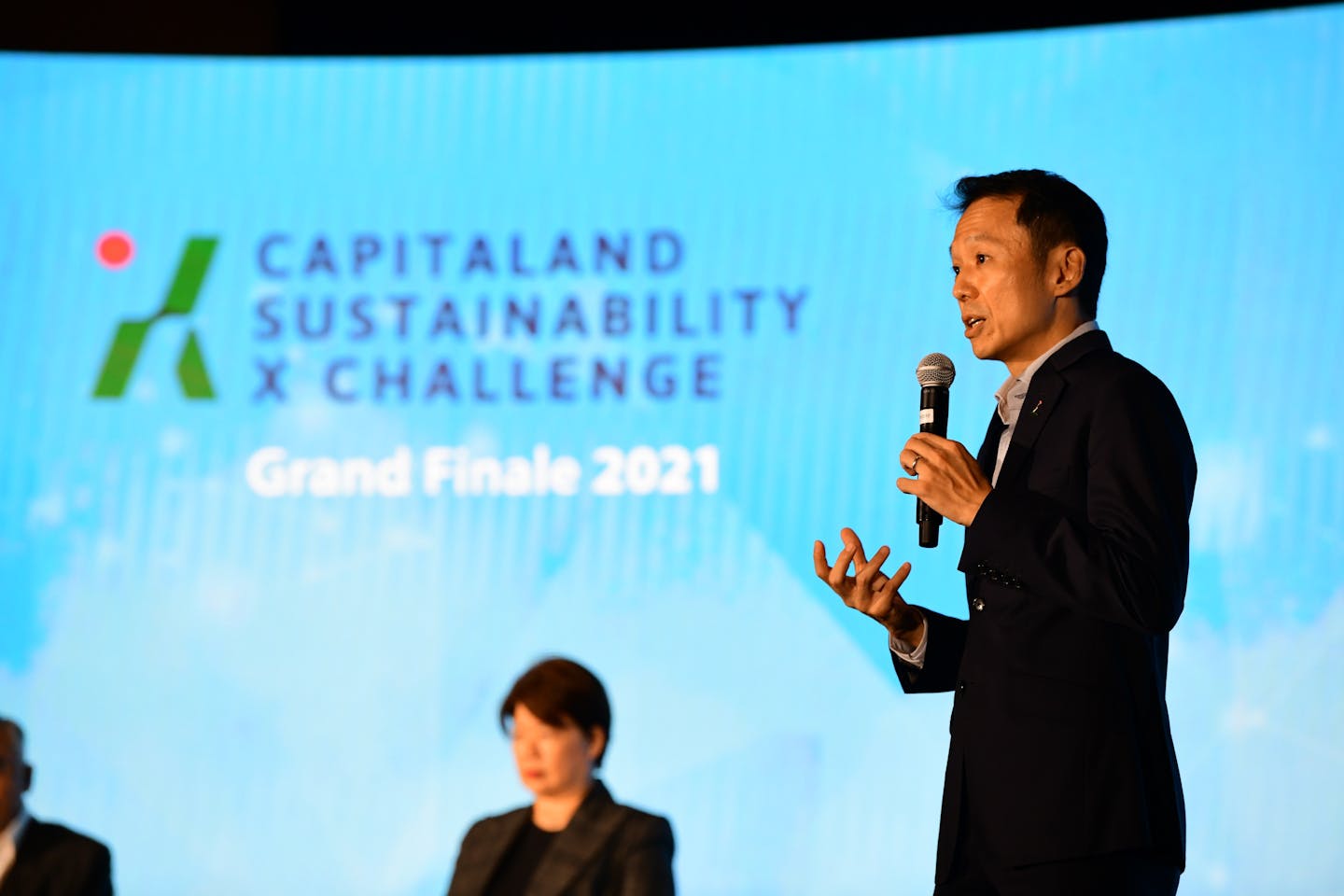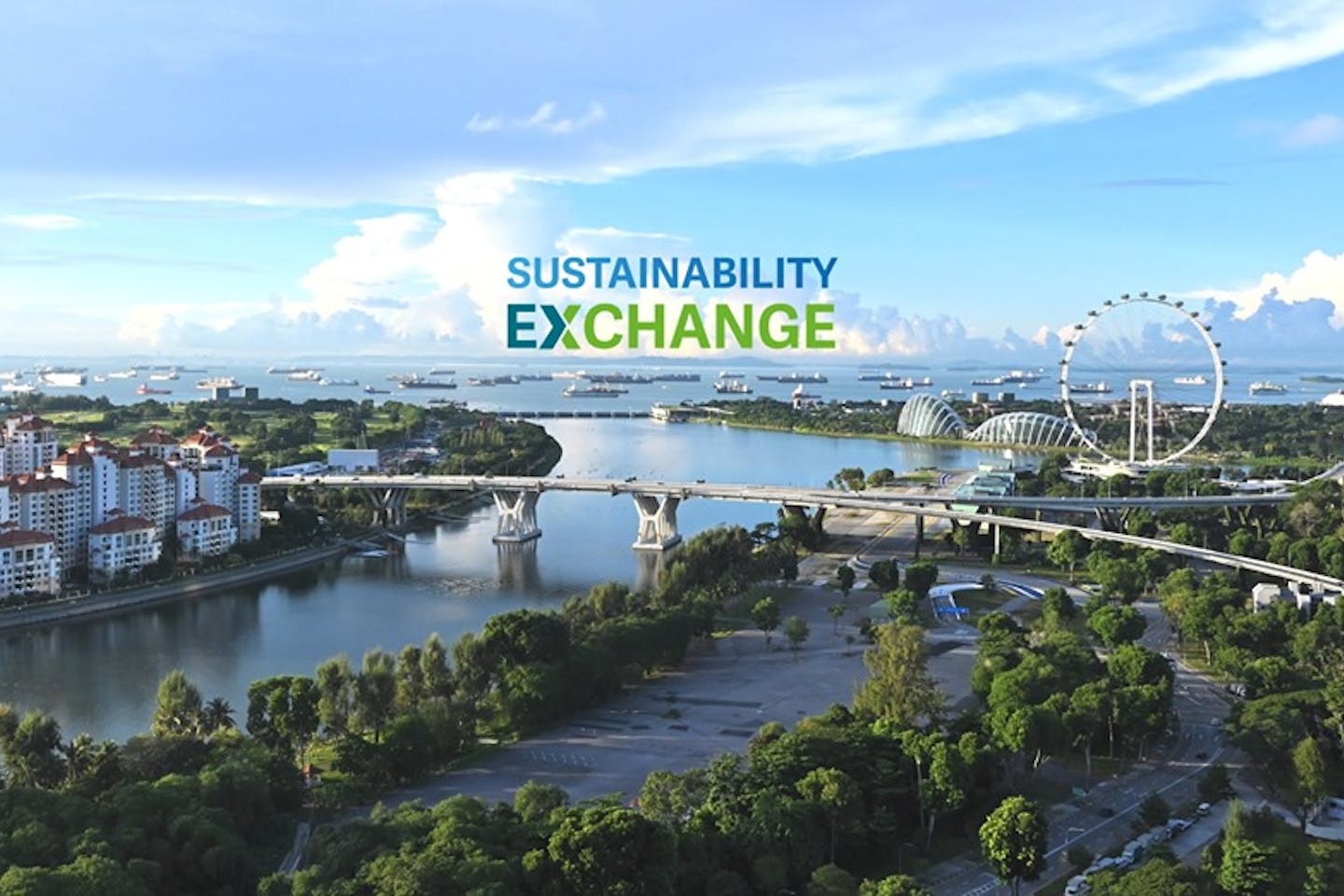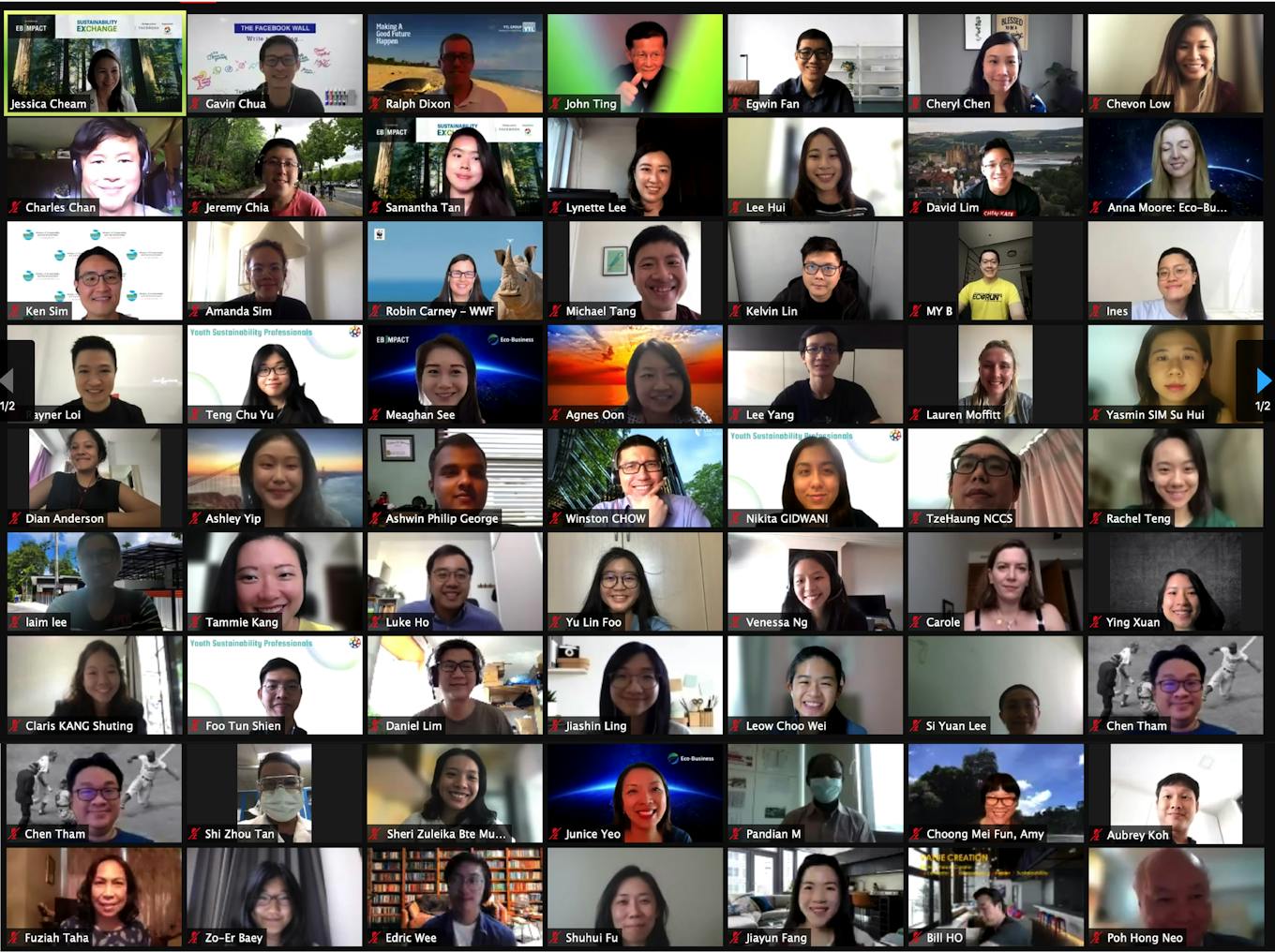
- Focused on producing the technology breakthroughs society needs to decarbonise three critical areas of the global economy and capture the economic opportunity of the transition to net zero
- New products compatible with net zero by 2030, whole business compatible by 2050
- By 2023, all in-production civil aero engines to be proven compatible with 100% sustainable aviation fuels, contributing to UN Race to Zero breakthrough goal for sustainable aviation
- Science-based target to reduce lifetime emissions of new sold products from Power Systems by 35% by 2030; new generation Series 2000, 4000 engines to be certified for sustainable fuel by 2023
- Increasing proportion of gross R&D spent on lower carbon and net zero technologies to 75% by 2025 to decarbonise transport, energy and the built environment
Accelerating the race to a zero carbon economy
We are today setting out our near-term actions to achieve net zero by 2050 at the latest. Our pathway shows how we will focus our technological capabilities to play a leading role in enabling significant elements of the global economy to get to net zero carbon by 2050, including aviation, shipping, and power generation. This includes the development of new technologies, enabling an accelerated take-up of sustainable fuels and driving step-change improvements in efficiency. One year on from joining the UN Race to Zero campaign, we are announcing plans to make all our new products compatible with net zero by 2030, and all our products in operation compatible by 2050.
These products power some of the most carbon intensive parts of the economy. We are also introducing short-term targets – linked to executive remuneration – to accelerate the take-up of sustainable fuels, which have a key role to play in the decarbonisation of some of our markets, especially long-haul aviation. We are already well advanced with net zero and zero carbon technologies across our Power Systems portfolio and as a result have sufficiently reliable data to be able to define a science-based interim target to reduce by 35% the lifetime emissions of new products sold by the business by 2030.
Driving system change to meet Paris Agreement climate goals
There is no single solution to net zero and so we are innovating across multiple areas simultaneously. However, the pace and prioritisation of technological solutions, as well as global consistency and collaboration in policy, will also be key to success. Consequently, we are expanding our collaboration with partners, industry leaders and governments across the three critical systems in which we operate – transport, energy and the built environment – to accelerate progress. These hard to abate sectors are all identified by the UN Race to Zero as requiring technological breakthroughs in order to meet the Paris Agreement climate goals and limit the global temperature rise to 1.5°C.
Warren East, CEO, Rolls-Royce, said: “At Rolls-Royce, we believe in the positive, transforming potential of technology. We pioneer power that is central to the successful functioning of the modern world. To combat the climate crisis, that power must be made compatible with net zero carbon emissions. This is a societal imperative as well as one of the greatest commercial and technological opportunities of our time. Our products and services are used in aviation, shipping and energy generation, where demand for power is increasing as the world’s population grows, becomes increasingly urbanised, more affluent and requires more electricity. These sectors are also among those where achieving net zero carbon is hardest. As a result, our innovative technology has a fundamental role to play in enabling and even accelerating, the overall global transition to a net zero carbon future. We believe that as the world emerges from the COVID-19 pandemic and looks to build back better, global economic growth can be compatible with a net zero carbon future and that Rolls-Royce can help make that happen.”
Nigel Topping, UN High Level Champion for COP26, added: “Winning the race to a zero emission economy by 2050 at the latest requires radical collaboration and technology breakthroughs across energy, transport and the built environment – critical parts of the economy that are also among the hardest to decarbonise. By organising its industrial technology capabilities to deliver the system change society needs, Rolls-Royce is putting itself at the forefront of the defining economic opportunity of our time; one that customers want to buy, investors want to back, and the brightest talent want to apply their skills to.”
Pioneering the innovations that can enable the transition
We have many years of experience in pioneering solutions to some of society’s toughest technological challenges and, increasingly, we have focused that effort on the creation of sustainable power. We already make the world’s most efficient large civil aero-engine in service today, the Trent XWB, and its successor, UltraFan®, will be 25% more efficient than first generation Trent engines, significantly improving the economics of sustainable aviation fuels (SAF). In addition, we have built a microgrid business and designed a small modular reactor (SMR) power plant with the potential to transform how we power cities or industrial processes. We are investing in battery storage technology, demonstrating fuel cells and building a leading position in all-electric and hybrid-electric flight. Next month our Spirit of Innovation all-electric plane will take to the sky as it prepares to break the world all-electric flight speed record. Collectively and individually, these technologies represent the extensive expertise Rolls-Royce has to enable a net zero world.
Pivoting our R&D investment to lower and net zero carbon solutions
In line with the commitments we have made under the UN Race to Zero campaign, we are aligning our business model to the Paris Climate Agreement goals and setting out the pathway that will take us to net zero. We are already boosting our research and development (R&D) expenditure to pivot towards lower and net zero carbon technologies, moving from approximately 50% of our gross R&D spend today to at least 75% by 2025.
Our decarbonisation strategy
Our strategy has three interconnected pillars:
1. Decarbonising our operations: We will eliminate emissions from our own operations (scope 1 & 2) by 2030*. Some facilities will achieve this target sooner, such as our production site at Bristol, UK, which is set to be the first Rolls-Royce facility to achieve net zero carbon status, in 2022.
2. Decarbonising complex, critical systems by enabling our products to be used in a way that is compatible with net zero and pioneering new breakthrough technologies that can accelerate the global transition to net zero. A wholesale transformation of the systems that make up the backbone of our global economy is required to achieve net zero and we can help accelerate that transition firstly by further advancing the efficiency of our engine portfolio through next generation technologies, to improve the economics of sustainable fuels; and secondly by introducing new low or zero emission products, including fuel cells, microgrids, hybrid-electric and all-electric technologies. To help accelerate the take-up of SAFs, we will make all our civil aero-engines in production compatible with 100% SAF, through testing, by 2023. This means two thirds** of our current fleet of Trent large jet engines and three fifths of our business jet engines will be SAF-ready within three years and aligns with the UN Race to Zero breakthrough goal of 10% of all the fuel used in aviation being SAF by 2030. The current generation of SAFs reduce lifecycle carbon emissions by up 70% but this is assumed to increase to 100% as production pathways for synthetically derived fuels mature. We will work with our customers in the armed forces to achieve the same goal for the Rolls-Royce engines they use and, as the use of SAFs increases, we will ensure that our future combat systems are compatible with net zero carbon. By 2023, we also intend to certify for use with sustainable fuels, the new generation of our mtu Series 2000 and Series 4000 engines. These represent the majority of the reciprocating engines we manufacture and are used across a range of applications from power generation to rail and shipping. Achieving all our 2023 targets now forms part of our executive remuneration policy.
3. Actively advocating for the necessary enabling environment and policy support to achieve this ambition.
Among our technological innovations:
- In all-electric aviation, we are moving from demonstrators to commercial deals, such as with the UK’s Vertical Aerospace in the urban air mobility market, and with Italian airframer Tecnam and Norwegian airline Wideroe in the all-electric commuter aircraft. We are also currently testing the most powerful hybrid-electric propulsion system in aerospace and continuing to progress with our UltraFan aero engine, which will be 25% more efficient than the first generation Trent engines and improve the economics of SAFs. We are already exploring the use of SAFs in defence applications, including as part of our involvement in the Tempest programme in the UK.
- We are advancing and selling microgrids, complete with our own battery storage solutions, to help expand the use of renewable energy across remote communities and our energy-intensive digital economy. We are also exploring additional functionality through the introduction of fuel cells to provide clean power for industrial vehicles and processes.
- We are testing hydrogen fuel cell modules at our Power Systems facility in Germany and plan to have integrated 2MW of hydrogen fuel cells into operational microgrid demonstrators by 2023.
- Our SMR consortium is set to make a significant contribution to net zero through its innovative approach to power generation, providing a generational change in the cost of nuclear energy. At 470MW, each SMR could help decarbonise a city of a million homes. With UK Government assistance and third party investment, the programme is now entering a new phase leading to design approval and power on the grid at the end of the decade.
Pioneering sustainable, net zero power sits at the heart of our strategy, future innovation and growth agenda. Our decarbonisation strategy will ensure that Rolls-Royce is not only compatible with, but actively enabling, a net zero future.
For an executive summary of our net zero report visit https://www.rolls-royce.com/~/media/Files/R/Rolls-Royce/documents/others/rr-net-zero-exec-summary.pdf, and for the full pathway including the steps we are taking to lead the transition to net zero carbon visit https://www.rolls-royce.com/~/media/Files/R/Rolls-Royce/documents/others/rr-net-zero-full-report.pdf. We are committed to playing our part in the global journey to net zero. Undoubtedly, the very nature of this transition will mean that there may be general and sector specific circumstances which will influence the output from our roadmap. These are set out on page 32 of the full report. We also recognise that we must be prepared and able to adjust our decarbonisation ambitions in the context of the changing landscape.
*Our current scope 1 & 2 target excludes product testing and development. Currently, only a 50% blend with traditional fuels is approved for use in commercial aviation. We are playing an active role in advocating for this to rise to 100%. As an interim measure we are committing to 10% of the fuel we use in testing and development activities being SAF by 2023.
**Based on in-service fleet as of end December 2019; Based on the in-service fleet as of end December 2020, over 80% of our Trent engine fleet would be SAF-ready by 2023, but usage in 2020 was obviously impacted by the pandemic.
https://www.rolls-royce.com/innovation/net-zero.aspx
Source Rolls Royce
















